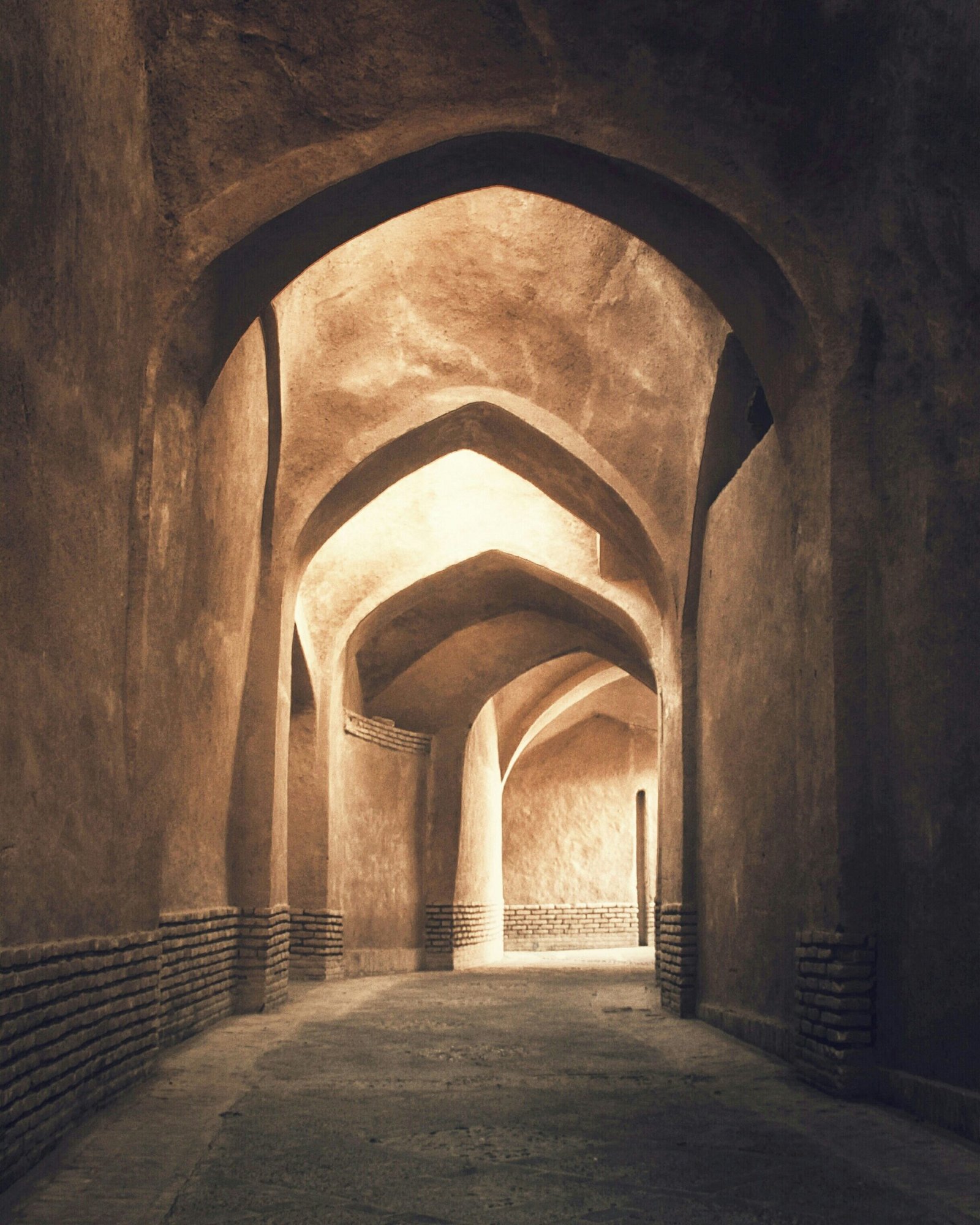Background and Rise to Power
Ali Khamenei was born on July 17, 1939, in Mashhad, Iran, into a religious family. His early education was steeped in Islamic teachings, which laid the foundation for his future role in the Islamic Republic of Iran. After completing his primary education, Khamenei attended the seminary in Qom, where he honed his religious knowledge under the guidance of notable clerics, including Ayatollah Ruhollah Khomeini. During this period, he developed a keen interest in political activism, inspired by Khomeini’s leadership and critique of the Shah’s regime.
In the years leading up to the 1979 Islamic Revolution, Khamenei became increasingly involved in Iran’s political landscape. He held significant roles in mobilizing the masses against the Shah’s regime, which ultimately led to the establishment of an Islamic government. His close association with Khomeini and his pivotal role in the revolution solidified his position among Iran’s political leaders. Khamenei was appointed as the representative of Khomeini in the Islamic Revolutionary Guards Corps, enhancing his influence within the nascent political structure.
Following the death of Khomeini in 1989, Khamenei’s political ascendancy culminated in his election as the Supreme Leader of Iran. This position granted him considerable authority over the country’s government and military, solidifying his control over the Islamic Republic. Khamenei’s ascent was marked by his ability to forge alliances with key military and political figures, thus securing his position against internal dissent. Over the years, his experiences during the revolution and his early leadership roles significantly shaped his political ideology, characterized by a focus on maintaining Islamic governance and resisting Western influence in Iran.
Political Ideology and Governance
Ali Khamenei, the Supreme Leader of Iran, has a political ideology deeply rooted in Shia Islam, which serves as the foundation for his vision of governance. He interprets the Islamic political doctrine through the concept of Wilayat al-Faqih, or the Guardianship of the Jurist. This principle asserts that a religious leader should assume authority over the Muslim populace, legitimizing political power through religious jurisprudence. Khamenei’s understanding of this concept has positioned him as the ultimate authority in Iran, allowing him to wield significant influence over both domestic and foreign policies.
Under Khamenei’s leadership, governance in Iran has embraced a unique blend of theocratic and republican elements, where the Islamic principles significantly shape political decision-making. His approach to governance emphasizes moral and ethical orders based on Islamic teachings, which he believes promotes a just society. Socially, Khamenei has taken strong stances on issues such as women’s rights, education, and economic justice, aligning these policies with a broader Islamic worldview while maintaining conservative values.
Moreover, Khamenei’s relationship with key state institutions, particularly the Islamic Revolutionary Guard Corps (IRGC), has been pivotal in shaping Iran’s political landscape. The IRGC has evolved into a powerful entity under his leadership, extending its influence into various sectors, including the military, economy, and civil society. This symbiotic relationship reinforces Khamenei’s power base, enabling him to uphold his ideological agenda and maintain control amidst evolving socio-political challenges. His strategic partnership with the IRGC exemplifies his centralized governance style, allowing for a cohesive alignment of military and ideological objectives in Iran.
As Khamenei continues to navigate the complexities of Iranian politics, his ideological tenets and governance strategies will remain integral to understanding the dynamics of Iran’s ambitions and its position on the global stage.
Impact on Iranian Society and International Relations
Supreme Leader Ali Khamenei has significantly influenced various aspects of Iranian society and its international relations since he assumed leadership in 1989. His governance style, characterized by a blend of strict religious oversight and political authority, has molded daily life for Iranian citizens, shaping societal norms and expectations. Under Khamenei’s regime, domestic policies have often leaned towards maintaining an Islamic republic grounded in religious values, impacting various sectors, from education to gender roles.
One prominent aspect of Khamenei’s impact on Iranian society is addressed through his stance on economic issues. The Iranian economy has faced considerable challenges, including sanctions and inflation, leading to widespread public dissatisfaction. Khamenei’s policies often prioritize military and ideological commitments over economic reforms, resulting in limited opportunities for international trade and investment. In the social sphere, his administration has seen the rise of various movements advocating for change, particularly among the youth, contrasting with conservative expectations. The protests, driven by economic grievances and calls for greater freedoms, reflect a growing disconnect between the populace and the state’s authoritarian policies.
On the international stage, Khamenei’s leadership has been pivotal in shaping Iran’s foreign relations, particularly its contentious relationship with the United States. Following the 2015 nuclear agreement, known as the Joint Comprehensive Plan of Action (JCPOA), Khamenei remained skeptical, asserting that negotiations would not alter U.S. policies toward Iran. This ambivalence has continued to complicate diplomatic engagements. Additionally, his approach to neighboring countries involves balancing support for allied groups in regional conflicts—such as Hezbollah in Lebanon and Houthi rebels in Yemen—while asserting Iran’s position as a leading power in the Middle East. The interplay of Khamenei’s domestic policies and international strategies creates a complex framework that continues to define the trajectory of Iran’s society and its relations with the world.
Legacy and Future Prospects
Ali Khamenei’s tenure as the Supreme Leader of Iran has been marked by significant transformations that have fundamentally shaped the political and social landscape of the nation. Since assuming the position in 1989, Khamenei has maintained a firm grip on power, steering the country through various crises and challenges, including economic sanctions and internal dissent. His governance style, rooted in a strict interpretation of Shiite Islam, has not only fortified the governmental structure but has also influenced various aspects of Iranian life, from foreign policy decisions to domestic social norms.
The legacy of Khamenei is characterized by a dual pursuit of stability and control amid growing societal demands for reform. Despite facing numerous challenges, including high unemployment rates and discontent due to economic hardships largely stemming from international sanctions, Khamenei’s administration has remained resilient. His approach has often involved consolidating power, suppressing dissent, and promoting a narrative of self-reliance to combat Western pressures. This legacy raises questions regarding the potential path Iran may take once Khamenei’s leadership ends.
As discussions regarding succession grow, several potential candidates emerge, each representing different factions within the Iranian political system. This succession will likely shape Iran’s future direction, particularly in terms of foreign relations, economic policy, and domestic governance. Analysts speculate on potential shifts, considering the current landscape of political dissent and the youth’s attitudes toward the regime. The departure of Khamenei could trigger a power struggle, as well as opportunities for reformist elements within Iran to gain traction.
Ultimately, the implications of Khamenei’s eventual departure will reverberate throughout the region and beyond. Iran’s ability to navigate its complex global circumstances amidst internal and external challenges will significantly depend on the legacy left by Khamenei and the capacity of his successors to address the pressing needs of the Iranian populace.

